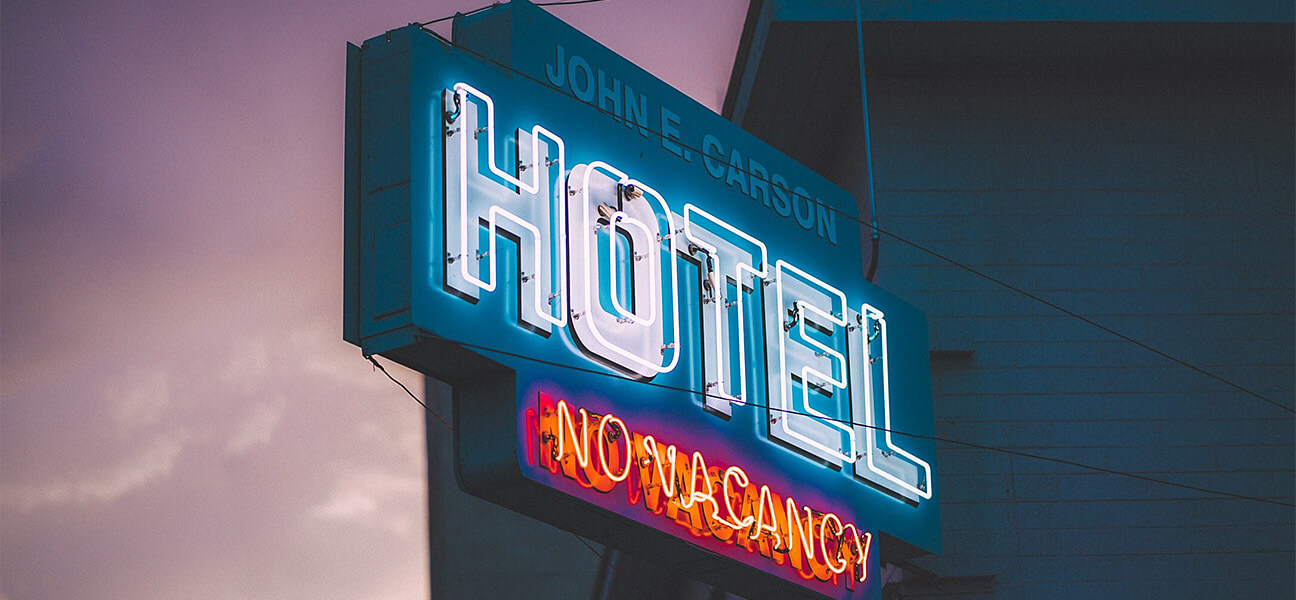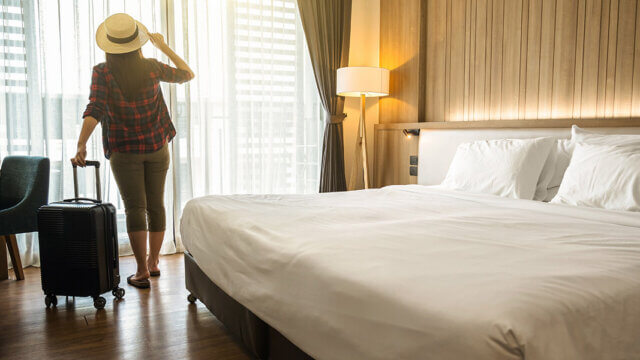Through Q3, the U.S. hotel industry has exceeded 2019 (pre-pandemic) RevPAR levels by 6.4%, based on data from STR. The recovery narrative continues to be centered around room rates, according to PwC‘s U.S. Hospitality Directions: November 2022. While occupancy through Q3 was 3.8 points below the same period in 2019, ADR had increased 12.8%.
Following over two years of travel constraints, the U.S. government significantly eased restrictions earlier this summer. As of June 12, air passengers were no longer required to get tested for COVID-19 (no more than 24 hours in advance), show a negative test result or show documentation of recovery from the virus, before boarding a flight to the U.S., regardless of vaccination status or citizenship. In addition, as of Oct. 3, the CDC no longer maintains a country-by-country list of travel advisories related to COVID-19.
The Fed’s continued increases in its policy rate has caused uncertainty in the public markets, affecting lodging demand in Q4. PwC now expects annual occupancy for U.S. hotels this year to increase slightly less than in its May 2022 outlook, increasing to 62.8%. Since July 2021, ADR surpassed comparable 2019 levels in every month but one (January 2022 missed by 35 cents). Since March 2022, RevPAR has exceeded comparable 2019 levels. PwC now expects ADR to increase 19.3% for the year, with resultant RevPAR up 30.3%—approximately 108% of pre-pandemic levels, on a nominal dollar basis.
“After going through the worst shock to our economy since the Great Depression, U.S. hotels will see RevPAR finish at record highs this year, but economic headwinds are expected to continue to strengthen in 2023, threatening the pace of recovery,” said Warren Marr, U.S. Hospitality & Leisure managing director, PwC.
Trends and highlights
- Since the May 2022 outlook, the Fed’s monetary policy has resulted in significantly higher interest rates than previously expected over the period covered, resulting in an estimated steep slowing of construction starts for new hotels next year.
- In 2023, the firm expects demand growth from individual business travelers and groups to continue to offset a softening in leisure demand, with outbound international leisure travel outpacing inbound, given the relative strength of the dollar. Growth in both occupancy and ADR results in an expected year-over-year increase in RevPAR of 5.8%—approximately 115% of pre-pandemic levels.
- Significant risks to this outlook include the pace and magnitude of changes in the macroeconomic environment, the potential emergence of more potent variants of the virus over the winter months and the ongoing conflict in Ukraine.
Revised 2023 outlook
- Demand recovery slows, as economic pressures affect most segments, resulting in occupancy of 63.6%
- Growth in ADR moderates in line with demand pressure, and as the Fed begins to gain control over inflation, PwC expects it to be up 4.5% from 2022.
- As a result, RevPAR experiences moderating, but still above inflationary
growth, increasing 5.8%.


